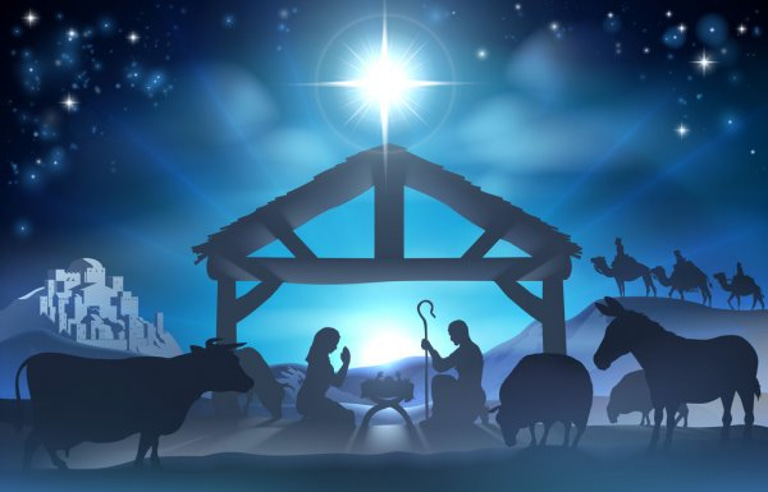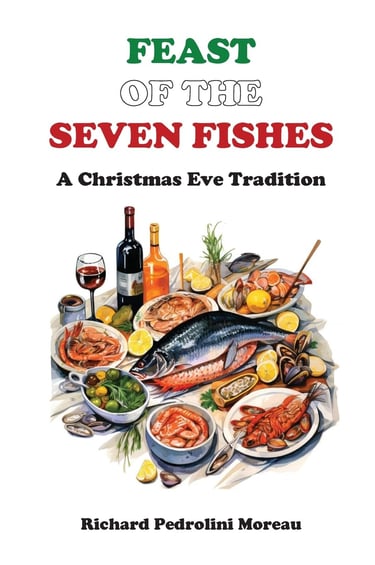Exploring Nativity Celebrations in Italy: Tradition and Festivity
Experience the warmth of Italian Christmas traditions. Join family meals, savor unique dishes, and embrace the festive spirit. Discover more now!
NATIVITIES AROUND THE WORLD
Grace Callahan
11/16/20243 min read
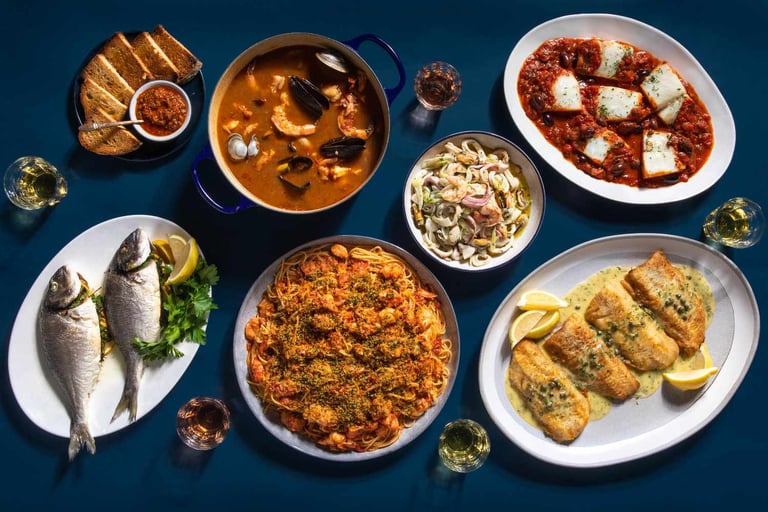

Introduction
Italy, a country rich in tradition and culture, celebrates Christmas with unparalleled fervor and charm. The nativity season in Italy is more than just a religious observance; it is a time for family gatherings, culinary delights, and a deep reverence for age-old customs. From the aromatic kitchens wafting with the scent of Panettone and Torrone to the heartwarming scenes of presepi and the solemnity of Midnight Mass, Italy's Christmas celebrations are a testament to its vibrant heritage.
Unique Foods of Italian Christmas
Panettone
Panettone is perhaps the most iconic Italian Christmas cake, originating from Milan. This dome-shaped, sweet bread is studded with candied fruits, raisins, and citrus zest, offering a delightful blend of textures and flavors. Traditionally, Panettone is enjoyed with a glass of sweet wine or a cup of espresso. Its preparation is an art in itself, requiring a long fermentation process that gives it a light, airy texture. Modern variations include fillings of chocolate, pistachio, and even various creams, catering to contemporary tastes while preserving the essence of this beloved treat.
Torrone
Torrone, a traditional nougat confection, is a staple of Italian Christmas celebrations. Made from honey, sugar, egg whites, and toasted nuts such as almonds or hazelnuts, Torrone comes in both hard and soft varieties. This sweet delight has a long history, dating back to ancient Rome, where it was served during festive occasions. Each region of Italy adds its own twist to Torrone, with some incorporating chocolate or candied fruits. It is often given as a gift, wrapped in festive packaging, symbolizing a gesture of goodwill and joy during the holiday season.
Feast of the Seven Fishes
The Feast of the Seven Fishes, known as "La Vigilia" or "The Vigil," is a cherished Italian-American Christmas Eve tradition. Rooted in the Catholic practice of abstaining from meat before feast days, this meal consists of seven different seafood dishes, each symbolizing a day of creation. Common dishes include baccalà (salted cod), calamari, shrimp, clams, and mussels, prepared in various styles such as fried, baked, or served in pasta. The feast is not just about the food; it is a time for families to come together, share stories, and celebrate their heritage through the flavors of the sea.
Celebrations and Traditions
Presepi
Presepi, or nativity scenes, hold a special place in Italian Christmas traditions. These intricate displays depict the birth of Jesus, featuring figures of the Holy Family, shepherds, angels, and animals, often set in a rustic, pastoral backdrop. Naples is renowned for its elaborate presepi, with entire streets dedicated to artisans crafting these miniature masterpieces. Families often create their own presepi at home, adding new figures each year, making it a cherished activity that connects generations. Public presepi, found in churches and town squares, attract visitors with their detailed craftsmanship and creative interpretations of the nativity story.
Midnight Mass
Midnight Mass, or "La Messa di Mezzanotte," is a profound and solemn event in Italy, marking the culmination of Christmas Eve. Churches across the country are filled with worshippers attending this sacred service, which celebrates the birth of Jesus with readings, hymns, and prayers. The ambiance is filled with reverence and joy, as the congregation joins in singing traditional carols and partaking in the Holy Communion. In Rome, the Pope presides over the Midnight Mass at St. Peter's Basilica, an event broadcast worldwide, drawing thousands of pilgrims and tourists who wish to partake in this spiritually enriching experience.
Conclusion
Italy's nativity celebrations are a rich tapestry of culinary delights and heartfelt traditions, reflecting the nation's deep-rooted heritage and cultural diversity. From the sweet indulgence of Panettone and Torrone to the communal joy of the Feast of the Seven Fishes, each tradition brings its own unique flavor to the festive season. The artistry of presepi and the solemnity of Midnight Mass add a spiritual depth that resonates with the true meaning of Christmas. As we explore these customs, we gain a deeper appreciation of Italy's enduring spirit of celebration and its ability to bring people together in joyous reverence.
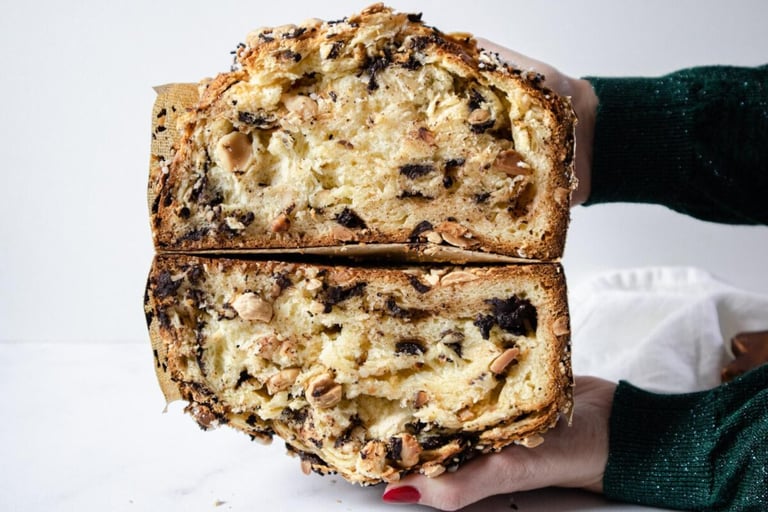



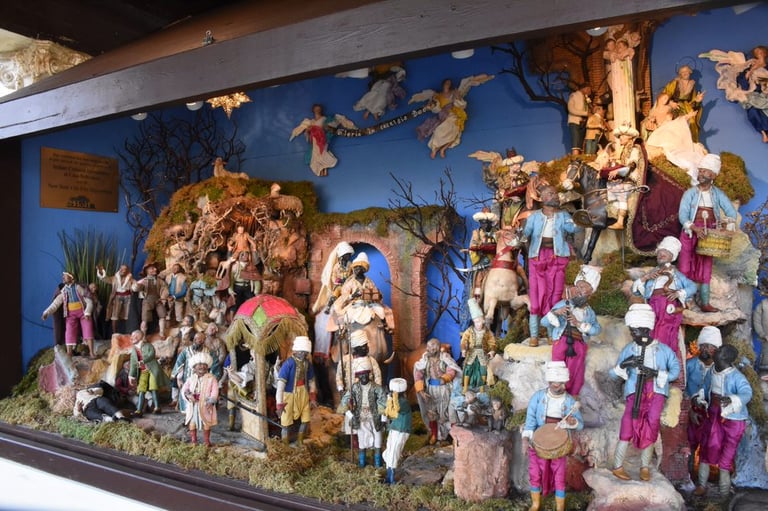

Books like this provide much more detail (and recipes)

